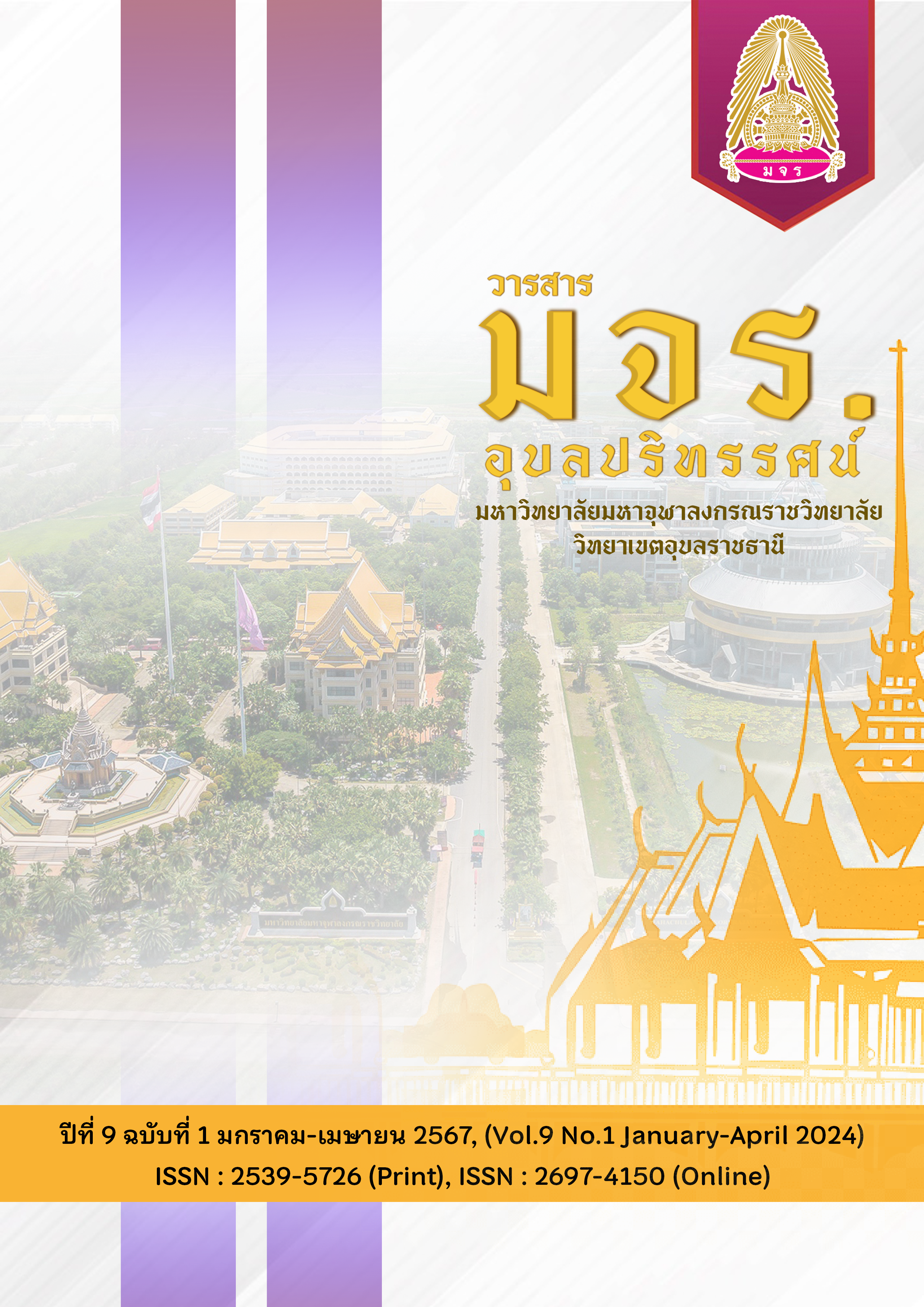THE EVOLUTION OF CHINESE ETHNIC ELEMENT IN PIANO MUSIC FROM THE PERSPECTIVE OF CULTURAL ANTHROPOLOGY
Main Article Content
บทคัดย่อ
As a Western musical instrument, the piano came to China a hundred years ago. Its evolution, development, and integration in China have left deep imprints of Chinese ethnic elements. The purpose of this research was to study the evolution of ethnic elements in Chinese piano.
The study used document research as a type of research in descriptive research by reviewing literature from a cultural anthropology perspective, identity expressions, cross-cultural communication, and social functions. Based on descriptive analysis, this study reviewed the history of the development of ethnic elements in Chinese piano music, discussed the integration of ethnic elements and cosmopolitanism, and proposed the protection and inheritance of ethnic elements.
The results of the research found that the ethnic elements in Chinese piano music have evolved through different stages of development, and have become more and more closely integrated and innovative with the cosmopolitan world, cultural exchanges have become more and more extensive, and the traditional ethnic elements have been protected and inherited in Chinese music. Analyzing Chinese ethnic elements in piano music from an anthropological perspective helps to promote cross-cultural understanding and cultural preservation, and also enriches the understanding of musical diversity.
Article Details
References
Hao, W. (2013). The national style of Chinese piano from the perspective of cultural anthropology. Popular Literature and Art, (10), 145-146.
Hsieh, J. C. (2019). Piano transductions: music, sound and noise in urban Taiwan. Sound Studies (2015), 5(1), 4-21. 10.1080/20551940.2018.1564459
Kovačević, I., & Ristivojević, M. (2016). The anthropology of music: Contemporary theoretical perspectives. Etnoantropolos̆ki Problemi, 9(4), 1067-1083. https://doi.org/10.21301/EAP.v9i4.13
Li, J. (2010). The grasp of style in piano teaching from the perspective of cultural anthropology. Yellow River Sound(09),114-115.
Lu, Y. (2022). The innovative trend of piano teaching in music education in multicultural education under ecological environment. Journal of Environmental and Public Health, 2022, 1-9. https://doi.org/10.1155/2022/7044904.
Murray, S. (2009). Pianos, ivory, and empire. American Music Review, XXXVIII(2), 1.
Monson, I. T. (1991). Musical interaction in modern jazz: An ethnomusicological perspective
Nattiez, J. (2012). Is the search for universals incompatible with the study of cultural specificity? Human and Social Studies, (1), 67-94. https://doi.org/10.2478/v10317-012-0005-2
Stajić, M. (2018). Anthropology of music, part II - word of the editor. Etnoantropolos̆ki Problemi, 13(4)
Xue, Ke. (2010). From the perspective of cultural anthropology to talk about how to understand the Western piano works of the point of knowledge. Popular Literature and Art (07), 37-38.

